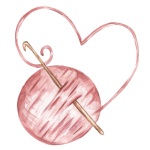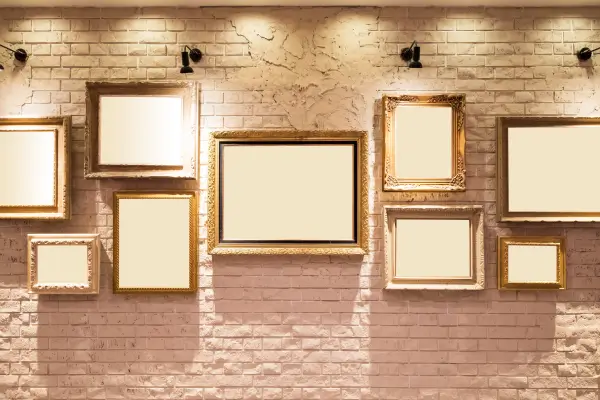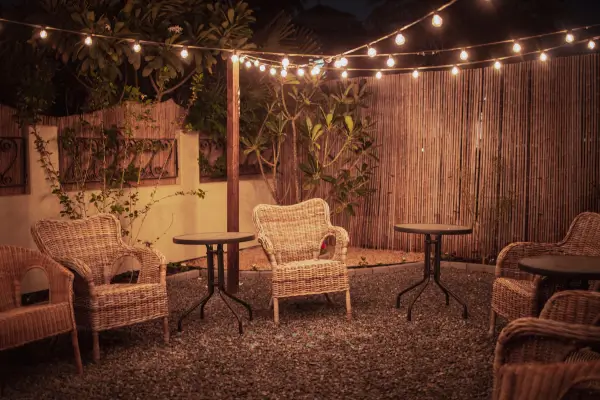DIY pillows are an easy and affordable way to refresh your living room decor. They add color, texture, and personality to any space with minimal effort.
From no-sew covers to hand-painted designs, there’s a project for every skill level. Upcycling old fabrics or adding decorative trims can make your pillows truly unique.
With simple materials and creativity, you can transform your living room effortlessly. Let’s explore how to craft stylish DIY pillows today.
Start your project and give your living room a cozy, personalized touch!
Why DIY Pillows?
There are many reasons to create your own pillows instead of buying them:
- Cost-effective: Buying designer pillows can be expensive, but making your own is budget-friendly.
- Customizable: Choose your preferred colors, fabrics, and designs.
- Beginner-friendly: Even with minimal sewing experience, you can create stunning pillow designs.
- Eco-friendly: Reuse fabric scraps or upcycle old clothing into stylish pillows.
Materials You’ll Need
Before diving into DIY pillow projects, gather these essential materials:
- Fabric of your choice (cotton, linen, velvet, or faux fur)
- Pillow stuffing or inserts
- Sewing machine (or needle and thread for hand-stitching)
- Scissors
- Fabric glue (for no-sew options)
- Measuring tape and ruler
- Pins or clips
- Zippers, buttons, or Velcro (optional for removable covers)
Now that you have the materials ready, let’s explore some creative DIY pillow projects!
1. No-Sew Pillow Covers
If sewing isn’t your forte, no-sew pillow covers are an excellent option. These covers can be made using fabric glue or iron-on hem tape.
Steps:
- Measure and Cut: Cut two identical fabric squares, ensuring they are slightly larger than your pillow insert.
- Apply Fabric Glue: Apply fabric glue along three edges of one fabric piece.
- Attach Pieces Together: Place the second fabric piece on top, aligning the edges, and press firmly.
- Insert the Pillow: Once dry, insert the pillow through the open side and seal with additional glue or Velcro strips.
Best Fabrics for No-Sew Pillows:
- Fleece
- Cotton blends
- Soft felt
2. Envelope-Style Pillow Covers
An envelope-style pillow cover is one of the easiest sewing projects, perfect for beginners.
Steps:
- Measure and Cut Fabric: Cut one front panel and two back panels. The back panels should overlap slightly to create an opening.
- Hem the Back Panels: Fold and sew the edges of the overlapping panels to prevent fraying.
- Sew the Cover: Place the front panel face up, align the back panels on top (overlapping), and sew around the edges.
- Turn Inside Out and Insert Pillow: Once finished, flip the cover inside out and insert the pillow.
3. Decorative Tassel or Pom-Pom Pillows
Adding tassels or pom-poms to pillows gives them a boho-chic look.
Steps:
- Attach Trim: Sew or glue tassel trim along the pillow edges before sewing the fabric pieces together.
- Secure the Tassels: Make sure the tassels are evenly spaced and firmly attached.
- Complete Sewing: Sew around the pillow edges, leaving an opening for stuffing, then close it up.
4. Hand-Painted or Stenciled Pillows
Customize your pillows with hand-painted designs or stencils for a unique artistic touch.
Steps:
- Choose a Design: Use stencils or freehand your design onto the fabric.
- Apply Fabric Paint: Use a paintbrush or sponge to fill in the design.
- Let It Dry: Allow the paint to dry completely before assembling your pillow.
- Sew the Pillow: Follow basic pillow-making steps to complete your project.
5. Upcycling Old Clothes into Pillows
Turn old T-shirts, sweaters, or scarves into trendy pillow covers.
Steps:
- Cut Fabric: Use an old shirt or sweater as the main fabric piece.
- Sew or Glue: Sew or glue the edges together, leaving an opening.
- Stuff the Pillow: Fill the cover with stuffing and close the opening.
- Decorate: Add buttons, embroidery, or lace for a vintage touch.
Tips for Choosing the Right Pillow Colors and Patterns
Choosing the right pillows can enhance your living room’s aesthetic. Consider these tips:
- Neutral tones create a calming and sophisticated look.
- Bold colors add vibrancy and personality.
- Layer different textures (velvet, linen, faux fur) for depth.
- Mix patterns strategically – pair florals with stripes or geometrics with solids.
- Seasonal themes can refresh your decor throughout the year.
Common Mistakes to Avoid
Using the wrong fabric – Choose durable, washable fabric.
Not measuring properly – Always leave extra fabric for seam allowances.
Overstuffing the pillow – Too much stuffing can distort the shape.
Skipping pre-washing fabric – This prevents shrinkage after the first wash.
Final Thoughts
DIY pillows are a simple yet effective way to revamp your living room decor without breaking the bank. With a variety of styles and techniques, you can create unique, custom pillows that reflect your personality. Whether you choose no-sew options, decorative tassels, or upcycled fabric, these projects will add comfort and charm to your home.
Get creative and start making your DIY pillows today!



